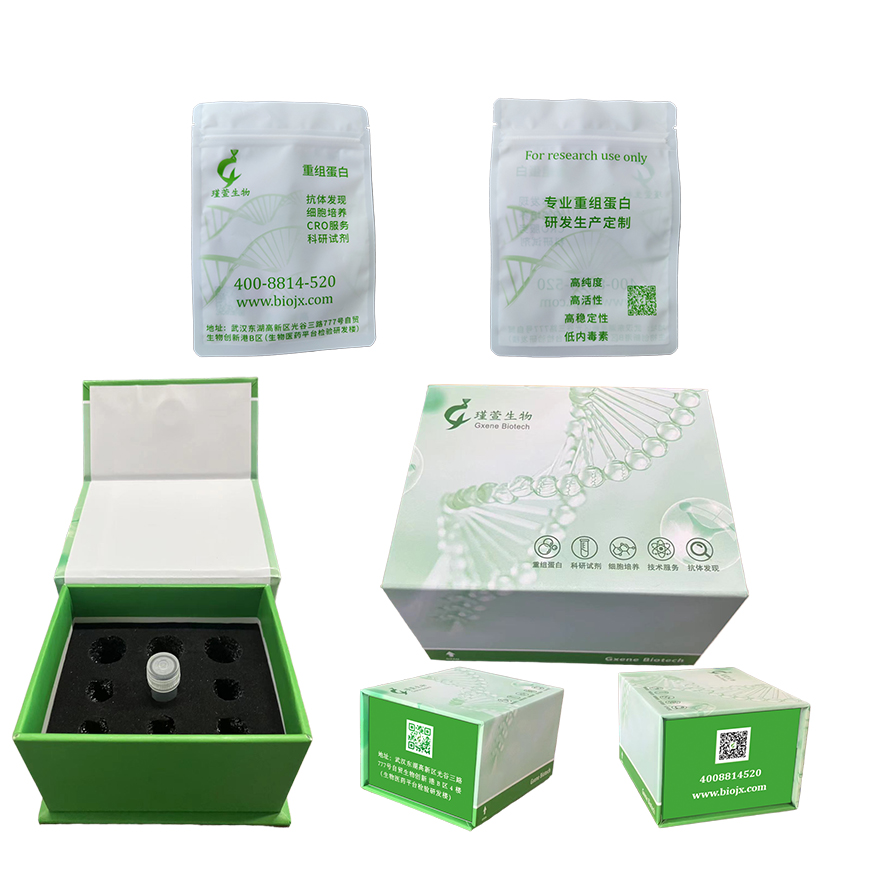2. Measured by its binding ability in a functional ELISA.Immobilized Human BMP4 at 0.5 μg/mL (100 μL/well) can bind Noggin with a linear range of 4-47 ng/mL.
3.Measured by its binding ability in a functional ELISA. Immobilized Human Noggin at 1 μg/mL (100 μL/well) can bind Noggin Rabbit pAb with a linear range of 1-3.5 ng/mL.
4. Measured by its ability to inhibit BMP-4-induced alkaline phosphatase production by ATDC5 mouse chondrogenic cells. The ED50 for this effect is 13.28-53.12 ng/mL in the presence of 50 ng/mL of recombinant human BMP-4, corresponding to a specific activity of 1.88×104-7.53×104 units/mg.
After reconstitution, the protein solution is stable at -20 °C for 3 months, at 2-8 °C for up to 1 week.未开盖的干粉蛋白在 -20°C至-80°C可保存12个月;
复溶之后,蛋白溶液在-20°C及以下可保存3个月,在2-8℃可保存1周。
背景信息
By diffusing through extracellular matrices more efficiently than members of the TGF-beta superfamily, this protein may have a principal role in creating morphogenic gradients. The protein appears to have pleiotropic effect, both early in development as well as in later stages. It was originally isolated from Xenopus based on its ability to restore normal dorsal-ventral body axis in embryos that had been artificially ventralized by UV treatment. The results of the mouse knockout of the ortholog suggest that it is involved in numerous developmental processes, such as neural tube fusion and joint formation. Recently, several dominant human NOG mutations in unrelated families with proximal symphalangism (SYM1) and multiple synostoses syndrome (SYNS1) were identified; both SYM1 and SYNS1 have multiple joint fusion as their principal feature, and map to the same region (17q22) as this gene. All of these mutations altered evolutionarily conserved amino acid residues. The amino acid sequence of this human gene is highly homologous to that of Xenopus, rat and mouse.

